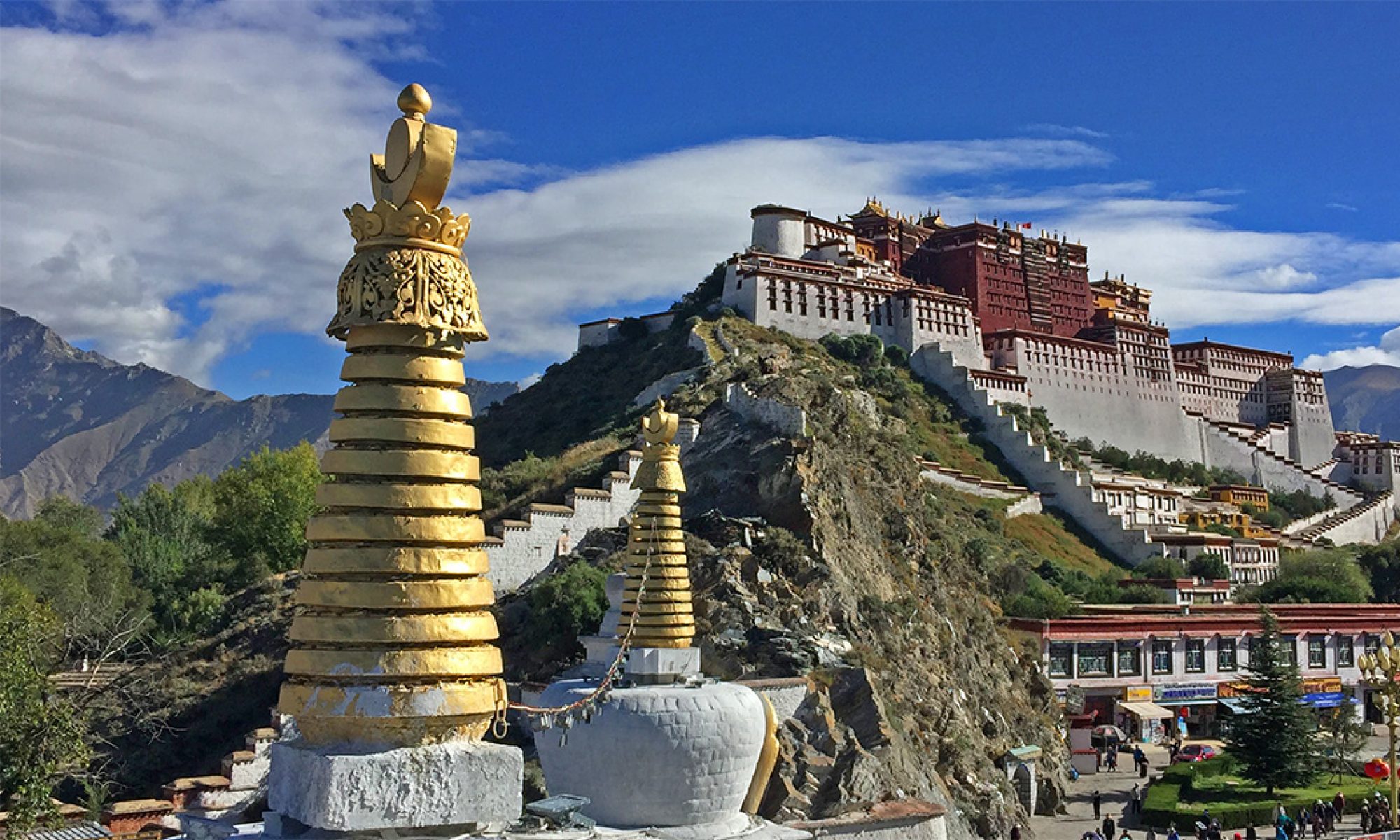Silk
 |
| Silk Worm Cocoon |
The Legend
Silk, a natural protein fiber that can be woven into textiles, originated in China during approximately 2600 B.C. A well-known legend attributes the invention of silk to the Chinese empress, Xi Ling-Shi. [1,2]
“One day, when the empress was sipping tea under a mulberry tree, a cocoon fell into her cup and began to unravel. The empress became so enamored with the shimmering threads, she discovered their source, the Bombyx mori silkworm found in the white mulberry. The empress soon developed sericulture, the cultivation of silkworms, and invented the reel and loom. Thus began the history of silk.” [3]
The Imperial Secret
 |
| Women striking and preparing silk. |
Realizing the value of the coveted material, China monopolized the production of silk. Explorers were forbidden from crossing the border with eggs, cocoons or silkworms. Anyone attempting to export silkworms for their eggs was condemned to death by imperial decree. Thus, the various phases of silk cultivation remained a carefully guarded secret for nearly three thousand years. [4,5]
The Stolen Imperial Secret
 |
| Women Making Silk |
Legends say that around 551 BC, the Byzantine emperor Justinian obtained the first silkworm eggs. He had sent two Nestorian monks to Central Asia, and they were able to smuggle silkworm eggs in hollow bamboo rods. Under their supervision the eggs hatched into worms, and the worms spun cocoons. [6] It is also said that in AD 440, a Chinese princess, seduced by the prince of Khotan, (a kingdom on the rim of Taklamakan desert), smuggled out silkworm eggs by hiding them in her voluminous hairpiece.[7] However, both kingdoms kept the production and exchange of silk fabric a secret, so as not to allow the flourishing market to spread to the Europe and the west.
Inevitably, the secret was captured and the magnificent skills of silk weaving rapidly spread through Africa and into Europe. Both the Italians and the French established successful silk markets through trade and their illustrious silk looms.
The Silk Road
 |
| The main silk roads between 500 B.C. and 500 A.D. |
At first, only the ruler of China enjoyed the lavish comfort of silk. Supposedly, “Only the Emperor, his close relations and his dignitaries of the highest rank were authorized for the use of silk.” [8] The Emperor wore a magnificent robe of white silk when indoors; when outside the palace he and the Empress and the heir to the throne were exclusively dressed in yellow silk garb. Eventually the right to wear silk extended to various strata of Chinese society, resulting in prolific trade of the precious commodity, soon thereafter. [9] Wide-spread demand for the unusual material created, “the lucrative trade route now known as the Silk Road.” [10] “In central Tibet the costume of the women of wealth is most elaborate, frequently of brocaded silk or satin, but the general style of dress is essentially the same [11].” In Medieval Europe, only the finest silk was worn and requested by noble families.
Social Indicator: The Color of Silk
Purple
Decorative Silk
 |
| Silk Art |
Silk as Currency
 |
| Trade on Silk Road |
Taxes
Trade
Luxury Paper: Writing on Silk
Expensive, luxurious and more practical that writing on bamboo!
Less Luxurious Uses of Silk
Musical instruments
Fishing
Bow-making
Parachutes
Bicycle tires
Comforter filling
Artillery gunpowder bags
Prosthetic arteries
[1] http://en.wikipedia.org/wiki/Leizu
[2] http://en.wikipedia.org/wiki/Silk#China
[3] http://www.texeresilk.com/cms-history_of_silk.html
[4] http://www.texeresilk.com/cms-history_of_silk.html
[5] http://www.edel2000.it/club/TESstoriaE.htm
[6] http://www.silk-road.com/artl/silkhistory.shtml
[7] http://en.wikipedia.org/wiki/History_of_silk
[8] http://www.asianartmall.com/silkarticle.htm
[9] http://www.texeresilk.com/cms-history_of_silk.html
[10] http://www.texeresilk.com/cms-history_of_silk.html
[11] Notes on the Ethnology of Tibet by Rockill P 687
